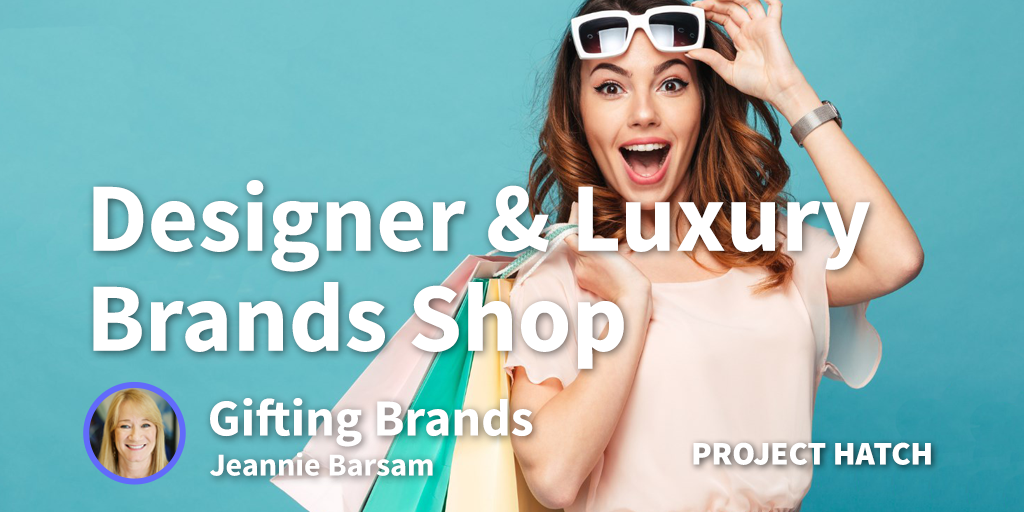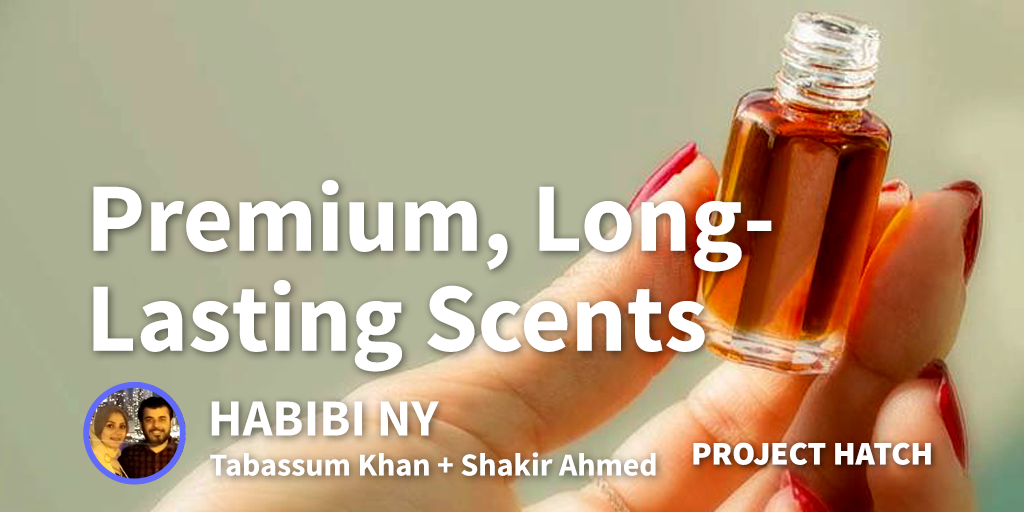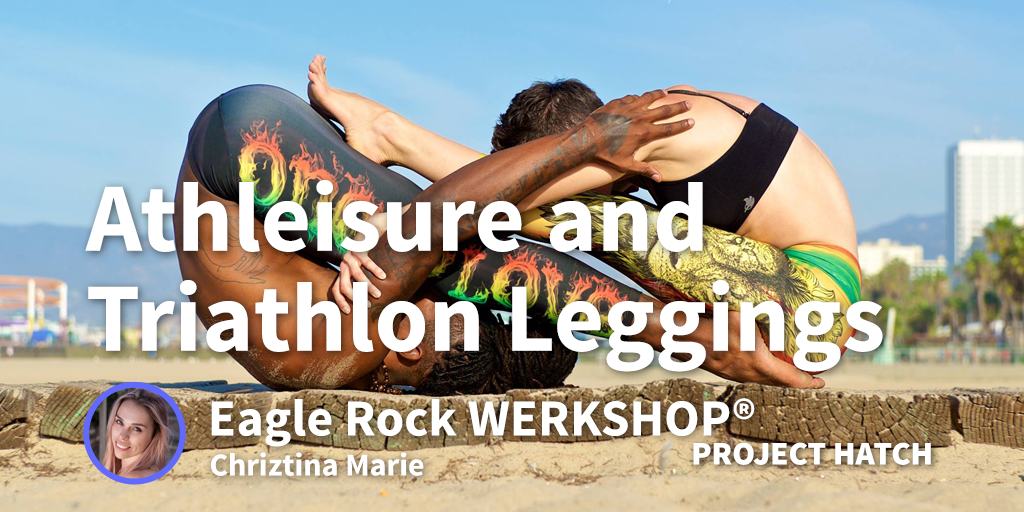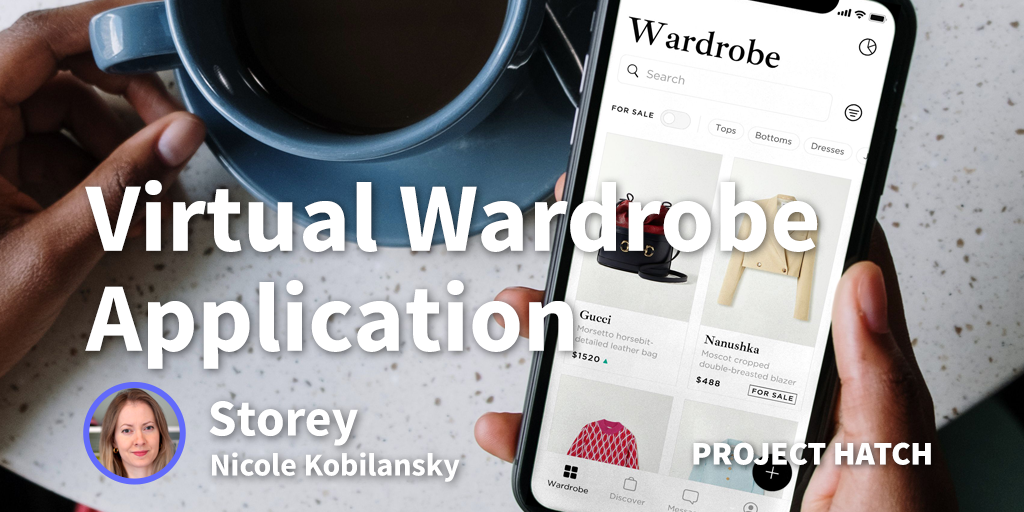In order to make ends meet while living in Brooklyn my co-founder began taking on social media and digital marketing consultation work. She was also a model at the time and eventually the workload became too much to continue juggling with castings, shoots, etc. so she made the shift to consultation full time. The agency’s flagship offering quickly became its hand-picked micro influencer UGC activations. In January of 2018 I joined Kirsten and worked with her behind the scenes on the legal, logistical, and technical framework that would later become a standalone micro influencer UGC agency.
As content/digital marketers both in-house and with agencies, the issue my co-founder and I faced was a constant need for high-volume custom content while operating within tight budgets. The way we had both historically squared that circle was through micro influencer gifting activations. Basically, in exchange for product, people with a modest following but stellar creative would share a photo of the product on their social channels and give us the ability to leverage the asset everywhere from organic to acquisition, the website to physical subway ads. As a standalone service, we found a way to give our clients the ability to put together turn-key, high-volume activations which are as much a content pipeline as they are an amplification tool.
minisocial.io is a completely bootstrapped company, we were lucky to have inherited a pretty sizable client Rolodex from the parent agency founded by Kirsten in 2016. Our first clients included companies that we’d previously done small-scale activations with under the banner of the parent agency as well as new relationships which were hard-fought by my co-founder, often via cold call or referral. Since launch, we’ve had the opportunity to work with incredible folks from companies including Native, Merck, DoorDash, Bespoke Post, and HUM Nutrition.I’m a big coffee guy so I’m going to attempt an analogy — just like folks such as Blue Bottle, La Colombe, and others have ushered in third-wave coffee (a more niche, nuanced, premium product), I think we’re entering a third-wave era on social media with regard to influencers.
While the mega-famous influencers of the world will still be around for years to come, the industry is really stating to see a shift away from the Kardashians and Hadids of the world as many brands start to favor the high-volume and less transactional-feeling relationships with real people. Micro influencers (or, in our case, folks who wouldn’t necessarily even consider themselves influencers) allow brands to spread their budget over hundreds or even thousands of people, generating high-volume, high-quality, art-directed creative at scale while matching or beating traditional influencer marketing in terms of visibility and amplification. Going into minisocial.io as a standalone service we were lucky enough to have a year of proof of concept under the banner of the parent agency.
The year before minisocial.io launched we were able to test processes, build out the legal, logistical, and technical framework, and even generate creative which we used on our sales/marketing materials at launch. My co-founder and I are both content/digital marketers with experience in-house and with agencies so micro influencer activations have been top-of-mind for some time now! Heck, we’ve even taken the occasional influencer opportunity on our personal social channels in the past.
Right now we’re completely bootstrapped, investing in the low five-figures between the two of us. As Q4 2019 comes to a close we’re taking a few VC meetings and are open to the idea of aggressively scaling in that way though as first-time fundraisers we’re proceeding with caution with guidance from close friends who have had myriad experiences in the space.
Who is your target demographic?
Right now we’re laser-focused on ecommerce/D2C brands. Our product lends itself super well to direct-to-consumer firms with generous margins, folks who can afford to part ways with hundreds or even thousands of units a month to gift to micro influencers.
In return, they’ll receive an incredible pipeline of beautiful, art-directed and fully-licensed creative featuring their goods in the wild, not to mention the amplification that comes along with a traditional micro influencer activation. We believe the proof is in the pudding, since the plurality of new clients are either referrals or cold calls we’ve found the single best way to communicate about what we do and how unique our offering is is to walk perspective clients through our process and show them examples of our work. We’ve priced our offering very accessibly and encourage our clients to give it a shot for themselves with a small-scale and short-term test before pulling the trigger on a larger-scale campaign.
How did you fund the idea initially?
Year one we were completely bootstrapped. I’m a big believer in putting your money where your mouth is and if I wasn’t willing to put some skin in the game financially I definitely wouldn’t expect an investor to. As a subsidiary of our original agency we were fortunate enough to allocate funds last year to build out the legal, logistical, and technical infrastructure before launching in earnest in January, 2019.Kirsten Baumberger (my co-founder) and I are both Columbus, Ohio expats who moved to New York together in 2016.
We’d known each other for only a few months back home, but with a unified destination and with a knowledge of the formattable price of New York rent we opted to move together to Brooklyn, sharing a room in a two-bed Airbnb in the middle of Crown Heights. At the time I worked at a New York e-commerce startup and Kirsten worked as a model with a top agency in the city. Our paths would cross professionally again after Kirsten wound down her modeling work to found what would become minisocial.io’s parent company — a digital/content marketing consultation agency.
I would join her in January of 2018 full time before co-founding minisocial.io and launching it together in 2019.Our first three hires were all either folks my co-founder and I knew personally or direct referrals. Being a pretty lean team we prioritized jacks-of-all-trade over specialists, knowing that on any given day we may need all hands on marketing, logistics, account management, etc.We’re pretty big believers in keeping it simple: our offering is more or less standardized across our clients with only minor variations in workflow, deliverables, etc.
Our flagship product is our fully-managed micro influencer UGC activations. Our clients use these campaigns as a pipeline for creating UGC for use across their marketing channels — populating everything from social proof modules to organic social, digital acquisition to print advertising.
Did you run any companies before?
My co-founder and I are both first-time founders with minisocial.io and it’s parent agency though we both have pretty extensive backgrounds in content marketing in-house and with agencies. Having worked in the startup space for the better part of a decade all throughout college, I knew that I wanted to build something for myself at some point. I had the stars align in 2017 when I submitted by two-weeks and joined my co-founder full time at her digital consulting agency before co-founding minisocial.io.
I am lucky enough to have an incredibly supportive set of coworkers, friends, and family. While I come from a long line of the gainfully employed I was definitely encouraged to strike out for myself and try to build something from the ground up. Since then, I’ve been amazed by the people who have come out of the woodwork to offer advice, encouragement, and support — certainly not least of which are my old employers who have been incredible mentors. Kirsten grew up in a family of entrepreneurs/side-hustlers so for her entrepreneurship was always in the cards. After graduating high school she was burnt out on sitting in a classroom and wanted to go out into the real world and get first-hand experience.
As a digital native, social media was second nature for her, she first started taking the platforms seriously in support of her modeling career (which is very social/influencer focused as an industry) and during that time she grew a love for the platforms and saw the power they had. She took this insight and started working with brands she loved in order to help them grow and reach their audience on social.
What motivates you?
Entrepreneurship definitely has its ups and downs. At a panel a few years ago I remember hearing another founder, I wish I could remember his name, describe what it’s like to start a company saying every week you’d experience the best possible thing and worst possible thing happening — so far that’s been more or less true. As a (relatively) young founder it’s important to remember that many people have been where I am now and not to lose sight of what’s important. At the end of the day I couldn’t be more lucky to live and work in New York, building something with my own two hands alongside my best friend.
That’s not a bad way to get by. My best advice to someone starting out is to continue to leap. In December of 2017 I left my nine-to-five to join my partner and eventual co-founder as a freelance content/digital marketer. Jumping from the relative security of a New York e-commerce startup filled with some of my best friends and closest mentors to a sink-or-swim freelance job took as much courage as I could muster but I couldn't be more glad that I did it.
In December of 2018 my co-founder and I began winding down our freelance work to launch minisocial.io, again leaving the security of client relationships which kept food on the table and a roof over our heads to launch a tech-enabled agency with no background in the tech space but after spending the better part of a year working with my co-founder behind the scenes on the legal and logistical infrastructure we knew the time was right and were rewarded with a year of amazing campaigns and a roster of industry-leading brands as clients.
As November comes to a close and I look ahead to next year my resolution is simple: continue to leap, take risks. Double down on what works, find out what doesn't. Don't take what you have for granted, build something for yourself.After a solid year under our belts at minisocial.io we’re expecting to scale pretty rapidly in 2020. We have some amazing strategic partnerships in the pipeline and are beginning conversations about funding.
We’re pretty fortunate in that the biggest limiting factor right now for us is manpower. Getting a few more hands on deck, streamlining processes, and continuing to evolve our stack will help increase the amount of work we’re able to take on while keeping ourselves laser-focused on providing industry-leading quality.
What apps do use on a day-to-day basis?
Like a lot of startups, our stack is full of quite a few tools, held together with duct tape and bubblegum. Some essentials for us include the G-Suite products, Airtable, Crunchbase, and various Facebook products. The external products we use are typically for file collection, catalog, and delivery — essential elements in our campaign workflow. What are you working on next?
We view UGC as a pretty broad umbrella and are looking forward to rolling out additional tools in 2020 which will help our clients develop even more advanced content strategy and populate different forms of content for use across their marketing channels. Some additional services will be in the form of strategic partnerships we have in the pipeline while others will be built from scratch in-house.
For sure, my co-founder and I aren’t the kinds of folks to ever say “never” so an acquisition is certainly in the cards, at the end of the day though, our biggest priority won’t be the offer — it’ll be the firm that’s interested. Making sure minisocial.io stays laser-focused on its mission of providing its clients high-quality UGC at scale with or without us!
| Company Name: | minisocial |
|---|---|
| Founder: | Austin Rogers + Kirsten Baumberger |





